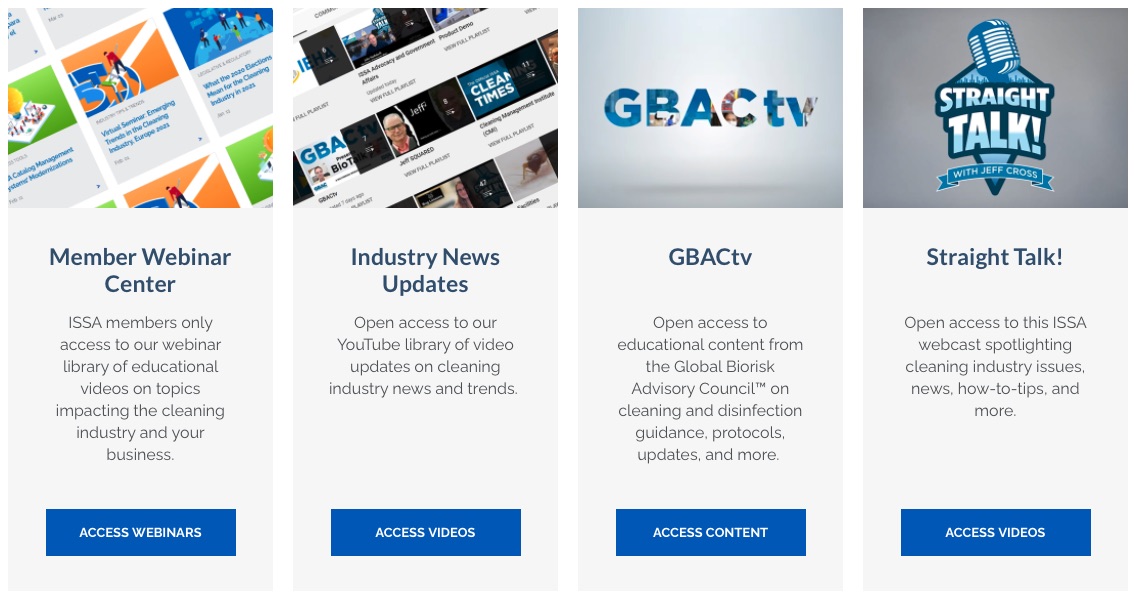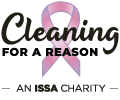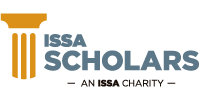Articles
The Lighter Side of OSHA
Categories: Distribution & Supply Chain, Government Affairs
By Jason Bader | September 12, 2018 << Back to ArticlesWhen distributors hear mention of the U.S. Department of Labor’s Occupational Safety and Health Administration (OSHA), they instantly conjure up images of ticket-writing cops invading their warehouse. And these aren’t the US$35 tickets that grace our windshield when we linger in a parking spot too long; these citations can easily hit the four- or five-figure mark depending on the severity of the violation. Let’s face it, a visit from OSHA often ranks up there with a visit from the Internal Revenue Service (IRS). But were you aware that there is a completely separate arm of OSHA designed to help small businesses provide a safe environment for their employees? Best of all, it’s free!
I stumbled across this side of OSHA when I began teaching a warehouse management course for the American Supply Association. In our discussions about employee safety, some of the participants mentioned that they had invited an OSHA consultant in to do a facility assessment. After the initial shock wore off—visions of letting the fox in the hen house—I was exposed to some pretty amazing success stories. After the session, I became more curious about OSHA’s alter ego. I did some research and learned that this less publicized side of the safety and health administration is referred to as the OSHA On-Site Consultation Program. I even invited a member of the consulting service side to speak at one of my training classes. It was at this event that my opinion of OSHA completely changed.
OSHA’s consulting program is designed to help small businesses provide safe working environments. It generally focuses on companies with fewer than 250 employees at one site and works on practical solutions designed to fit the individual environment. Plus, working with the consulting services side of OSHA can give you an exemption from the enforcement side of the agency for up to 2 years. I would consider that some inexpensive insurance.
Knock Knock
So what happens if the enforcement side of OSHA comes knocking on your door? For starters, you are going to receive a violation. I don’t care how squeaky clean you think your warehouse is, an inspector can always find something to document. It’s just like an IRS audit. The inspector will find a reason to justify his time and energy on site.
As anyone who has undergone an OSHA investigation can tell you, this is not a slap-on-the-wrist event. Generally, first time-offenders without malicious or negligent intent can expect somewhere around $7,000 per violation discovered. Willful, repeat, or severe negligence situations can expect $50,000 to $70,000 in fines being levied. Of course, these fines are negotiable and rarely does a company pay the full amount, but it hurts all the same. How many additional sales dollars do you have to produce in order to pay for $50,000 in violations? Do the math.
How the Consultation Service Works
Here is how the consultation service works. First, it should be noted that the consultation side is not allowed to discuss your case with the enforcement side. In most states, they are completely separate entities. In fact, many states contract with local universities to conduct the consulting services.
Step 1. Contact your local consultative service program either by phone or email. The best way to locate your local office is to look on the OSHA website and click on the “Small Business” tab. You will see references to the On-Site Consultation Program. Again, each state handles this a little differently. Once you have made contact, you can then set up an appointment for the initial meeting.
Step 2. The OSHA consultant will sit down with you and explain the program and what he will be looking for during the visit. The representative will explain his separation from the enforcement side of OSHA and clarify expectations from both sides. He will then visit your warehouse, complete his walkthrough survey, and gather information. At the close of the day, the consultant will discuss any violations he discovered. Both sides will discuss reasonable timelines for resolving the issues discovered during the walkthrough.
Step 3. The OSHA consultant will formalize the report and document the agreed-upon action steps. He may also provide some research and statistical data to help you justify the work you are doing to make your workplace safe. By the way, this information can be very helpful when negotiating insurance rates.
Step 4. The company must correct any situation that poses imminent danger or is a severe OSHA violation. Other recommendations must be acted upon within the accepted timeline. Hazards must be posted where employees can see them until the problem is corrected. Part of the enforcement exemption is the understanding that you will comply with the recommendations.
A Painless Process
As I was gathering information about this service, I found that my brother’s company had recently invited OSHA in to start the consulting process. When I spoke to the warehouse manager, he said it was relatively easy and the OSHA consultant was very familiar with distribution warehouses. It’s always nice to know some of this stuff works.
The best thing about this program is that you will be providing a safe work environment for your employees. As an added bonus, you block out the enforcement side. Once you make contact with the consultation service folks, the enforcement people can’t touch you for at least a year. So here is a little advice: A sizable accident or a string of claims can trigger an OSHA audit. If you think you may be getting a visit, call the consulting services folks. Once you get involved with the consulting side, you essentially drop off the enforcement radar. The only catch is that you have to clean up what the consultants find. This is a small price to pay considering the alternative.
No decent business owner wants to see their employees get injured on the job. When someone goes down, the rest of the team has to step up to cover the work. Additionally, business owners have developed relationships with the people who have made them successful over the years. Employees almost become a part of the family, and it’s unsettling when a part of that family sustains a serious injury.
I know the thought of inviting OSHA into your facility is slightly uncomfortable, but this is one government program I would consider highly. If anything, it might just prompt you to become more safety conscious in the future.

About the Author.
Jason Bader is the managing partner of The Distribution Team, a firm that specializes in helping distributors become more profitable through operating efficiencies. He may be reached through his company’s website at www.distributionteam.com.





